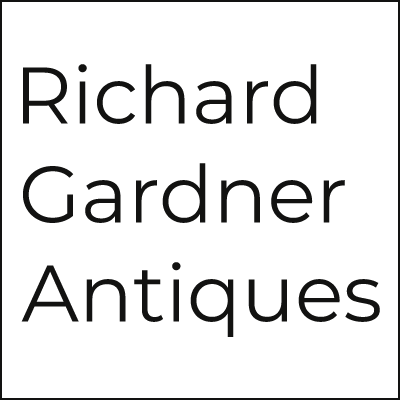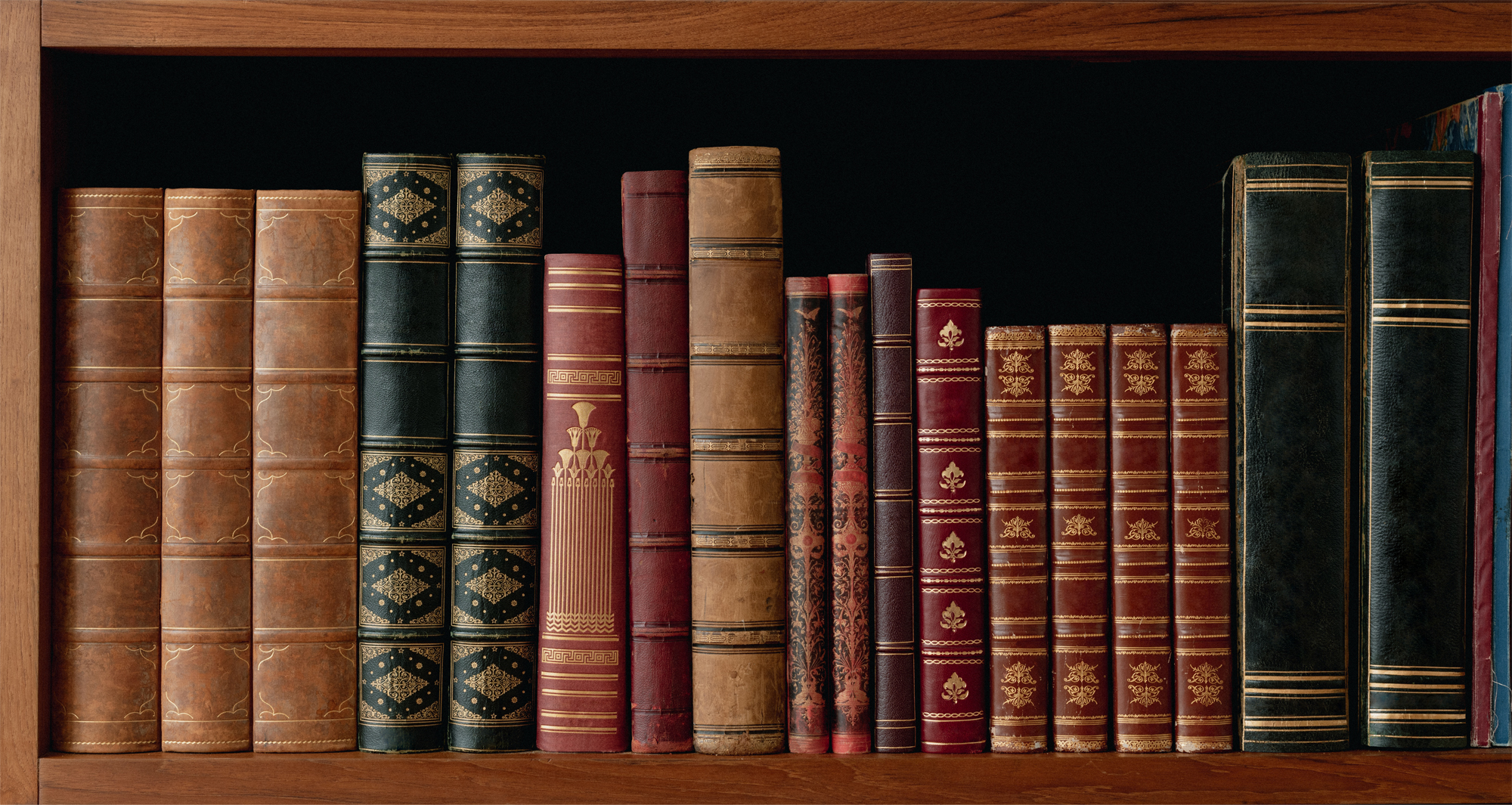Care for Ceramics
CARING FOR ANTIQUE POTTERY AND PORCELAIN
‘Ceramic’, from the Greek keramos meaning clay, is the generic term for all items made from clay and fired in a kiln. Depending on the type of clay, which other elements have been mixed with it and the temperature at which it was fired, the end result may be referred to as porcelain, pottery or stoneware. There are then further terms used to distinguish different types including hard paste and soft paste porcelain, bone china, biscuit, earthenware and creamware. The word ‘china’ is not therefore used in the field of antiques except for bone china which is a hard paste porcelain mixed with animal bone ash to make it whiter.
General Conditions
Although ceramics, and also glass, can be affected by strong light and by extreme fluctuations of temperature and humidity, the risk of breaking or cracking them is the greatest danger in the home. Strong sunlight can, in time, cause an area of some types of ceramic to fade and adhesives used in restoration can be discoloured or weakened by strong light or water. Unglazed pottery, being porous, will absorb water and any impurities it contains may result in staining. On unglazed pieces greasy fingerprints can leave indelible marks.
Handling, Display and Use
Always pick up an item by the body, avoiding an extremity such as a handle, spout or head. Support the base and be careful of loose parts such as lids. Valuable and delicate pieces are best displayed in a cabinet in which the shelves should be stable to avoid vibrations. It is helpful to place items on a felt or chamois pad cut to fit the base which will also protect the shelf or piece of furniture beneath.
It is not advisable to hang damaged plates on the wall, and when hanging plates or displaying them on shelves, use acrylic or plastic-coated fittings or stands which can be adjusted to fit. Do not use sellotape to hold on lids or other loose parts as it can damage the glaze and remove any gilding or decoration: Blu-Tack, or similar, is a safer alternative.
If you want to use antique pottery or porcelain for cut flowers or plants, place a separate container inside the antique piece with a protective pad between the two.
Cleaning
Remove dirt and dust from any decorative pieces with a dry artist’s paintbrush before washing. Provided they are unrestored, glazed ceramics can safely be washed in warm water with a little washing-up liquid, using a soft brush to coax dirt from crevices, but never use abrasive cleaners or put antique pieces in the dishwasher. When washing, protect the pieces by laying a towel or sponge at the bottom of the, preferably plastic, basin, or stand one piece at a time on the draining board and wash gently with a soft brush dipped in water with washing-up liquid. Rinse well and leave to dry on a clean towel. A warm hairdryer can be useful for drying intricate items.
Unglazed pieces should not be soaked in water, nor should the unglazed foot-rims found on some glazed items. These should be cleaned with a soft cloth or cotton wool soaked in the soapy water. Objects with ormolu or other metal fittings or those mended with iron rivets should also not be soaked in water.
The copper and iron rivets which were once used to reinforce repairs often stain the surrounding ceramic. Copper stains can be removed with ammonia applied, in a well-ventilated area, with cotton wool while a commercial rust remover can be used on rust from iron rivets.
Some stains on porcelain can be removed by applying cotton wool swabs soaked in a solution of 20-volume hydrogen peroxide and a few drops of ammonia. The swabs should be left in position for an hour or two but not allowed to dry out. Place the object in a plastic bag to retain the moisture and check from time to time to see if the swabs need re-soaking. This solution should not be applied to pieces with gilt or lustre decoration. Never be tempted to soak stained pieces in household bleach as this may give a good result initially but will eventually lead to yellowing; Calgon, however, is safe for soaking appropriate pieces.
Reproduced with kind permission of LAPADA.


